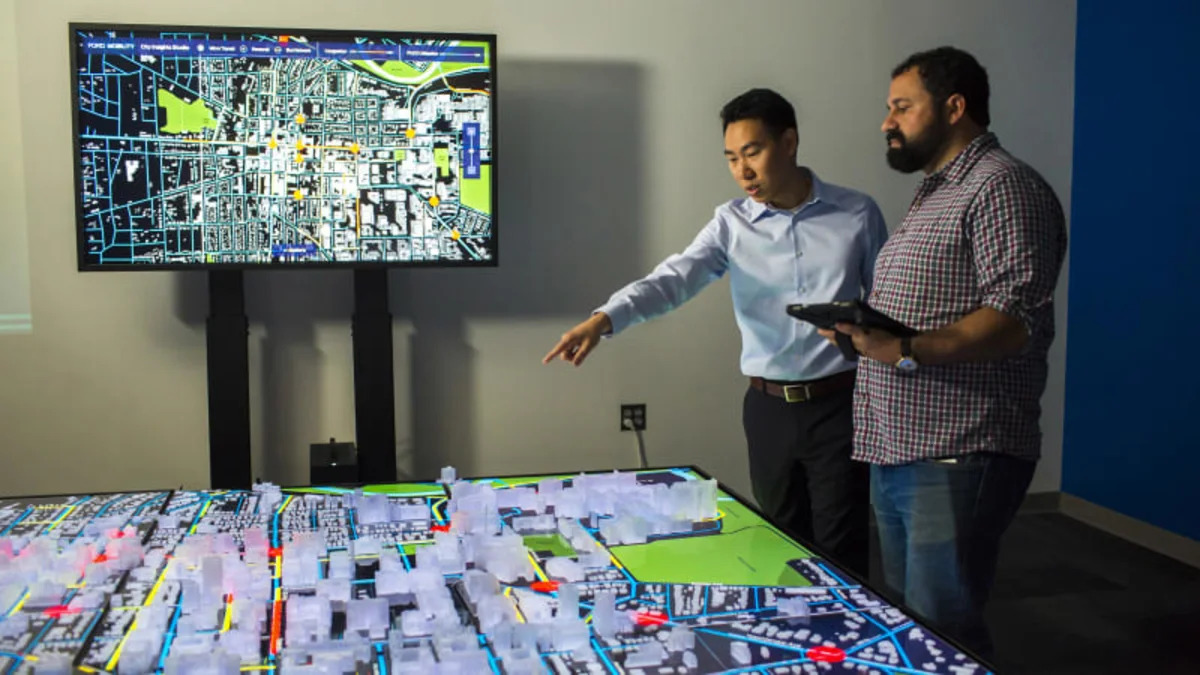Streets in major cities across America are currently getting a slight reprieve from the incessant daily pounding they normally take at the tires of automobiles. With orders coming down from city, state and federal officials to stay home and stay inside during the coronavirus pandemic, traffic is at historic lows in some areas. But where there are fewer tires on the pavement, there are more feet on the concrete — with some cities shutting dow roads to vehicle traffic — as people look to time outdoors as a method to ease the stress of quarantine life. This swap has some officials eyeing permanent changes to city infrastructure, a Wired report suggests.
According to data from the New York Police Department, car crashes in New York City have dropped roughly 50 percent compared to a similar time period last year. Other notable stats, such as pedestrian injuries, have also significantly dropped, and air quality has improved. The disappearance of cars has shown positive effects, but it's also exposed a lack of infrastructure to support a proposed shift to prioritize people over cars.
There are some simple fixes that could immediately help, however. Wired notes that push-to-walk buttons could be eliminated. This would not only cut a busy contact point within cities, it would also better integrate walkways and walk times for pedestrians. Cities in Australia and New Zealand have already done this, as has Berkeley, California. "By turning them off, cities are tacitly admitting that the buttons aren’t meant to make intersections safer for pedestrians, but to keep cars moving as much as possible," the article says.
A bigger step would be shutting down blocks of road. New York City tried this in a short 11-day experiment as a way to open space for pedestrians, but NYC Mayor Bill de Blasio ended the program due to a lack of resources. De Blasio cited the amount of police presence needed to enforce the new setup was too taxing on the current workforce. Oakland, however, is still planning to heavily restrict automotive access to 74 miles of streets.
See how other cities, domestic and abroad, are handling the pandemic, and whether or not any of these changes could take root in the future in the full article from Wired.
Related Video:


Sign in to post
Please sign in to leave a comment.
Continue